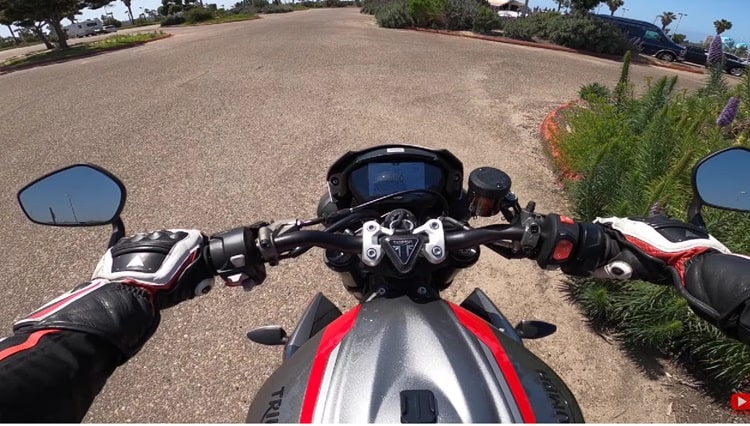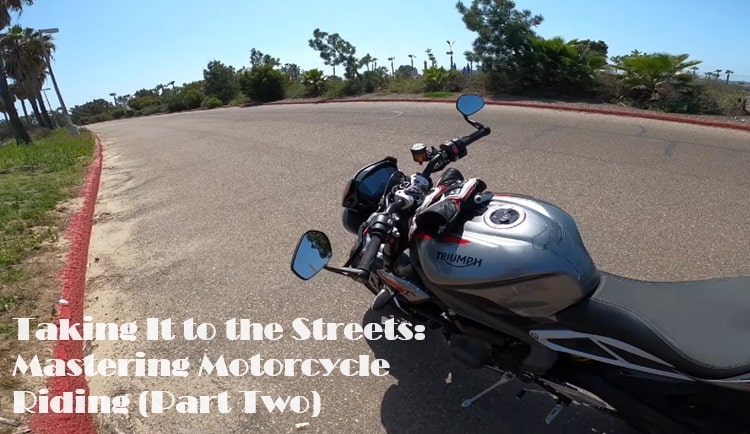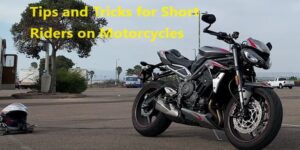Welcome to the second part of our comprehensive guide on learning to ride a motorcycle. In this segment, we’ll transition from the basics covered in Part One and delve into the practical aspects of riding on the streets. If you haven’t read Part One yet, we strongly recommend going through it to build a solid foundation.
Disclaimer: As a reminder, while this guide provides valuable information, it is not a substitute for professional training. Enrolling in a Motorcycle Safety Foundation (MSF) course is highly recommended.
Getting Your License and First Street Ride
Once you’ve familiarized yourself with the mechanics in a controlled environment, the next step is getting your motorcycle license. Follow the legal requirements in your area, which may include a written test, a skills test, or both.
For your initial street ride after obtaining your license, choose a quiet and less congested area. Familiarize yourself with real-world traffic situations gradually.
Mastering Low-Speed Maneuvers
Low-speed maneuvers are crucial for city riding and traffic. Practice tight turns, figure eights, and U-turns in an open parking lot. Use both front and rear brakes judiciously to control your speed.
Navigating Traffic
As you gain confidence, start navigating through low-traffic areas. Pay close attention to your surroundings, anticipate the movements of other vehicles, and always be aware of blind spots.
Understanding Traffic Signals and Signs
Comprehending traffic signals and road signs is vital for safe riding. Know the meanings of different signals and signs, and always obey them. This knowledge enhances your ability to predict and respond to changing road conditions.
Proper Lane Positioning
Learn the importance of proper lane positioning. Stay visible to other drivers, avoid blind spots, and position yourself for optimal visibility. Different scenarios may require adjustments, so stay alert.
Making Safe Turns
Perfect your turning skills. Practice making smooth, controlled turns at different speeds. Remember to look through the turn and use your body positioning to maintain balance.
Managing Intersections and Stoplights

Approach intersections with caution. Understand right-of-way rules and be prepared to stop if necessary. Use your brakes and gears effectively to control your speed and be ready to move when the light changes.
Dealing with Emergency Situations
Prepare for unexpected situations. Practice emergency stops and quick swerves in a safe environment. Being able to react swiftly can make a significant difference in avoiding potential accidents.
Night Riding
As you become more comfortable, consider practicing night riding. Ensure your motorcycle’s lights are functional, and wear reflective gear for visibility. Start in well-lit areas before venturing into darker environments.
Group Riding Etiquette
If you plan to ride in groups, understand the dynamics of group riding. Maintain a safe following distance, communicate effectively, and adhere to the group’s riding rules.
Parking and Securing Your Motorcycle
Practice parking your motorcycle safely and securely. Master the art of using the side stand or center stand and choose parking spots wisely.
Ongoing Learning and Improvement
Riding a motorcycle is a continuous learning process. Stay updated on road rules, safety practices, and advancements in motorcycle technology. Consider advanced riding courses to enhance your skills further.
Conclusion
Congratulations on reaching this stage of your motorcycle riding journey. By mastering the skills covered in both parts of this guide, you’ve laid a solid foundation for a lifetime of enjoyable and safe riding.
Remember, safety is paramount. Always wear your protective gear, stay aware of your surroundings, and keep refining your skills. Happy riding, and may the open road bring you endless joy and adventure! Stay tuned for more riding tips and insights.




